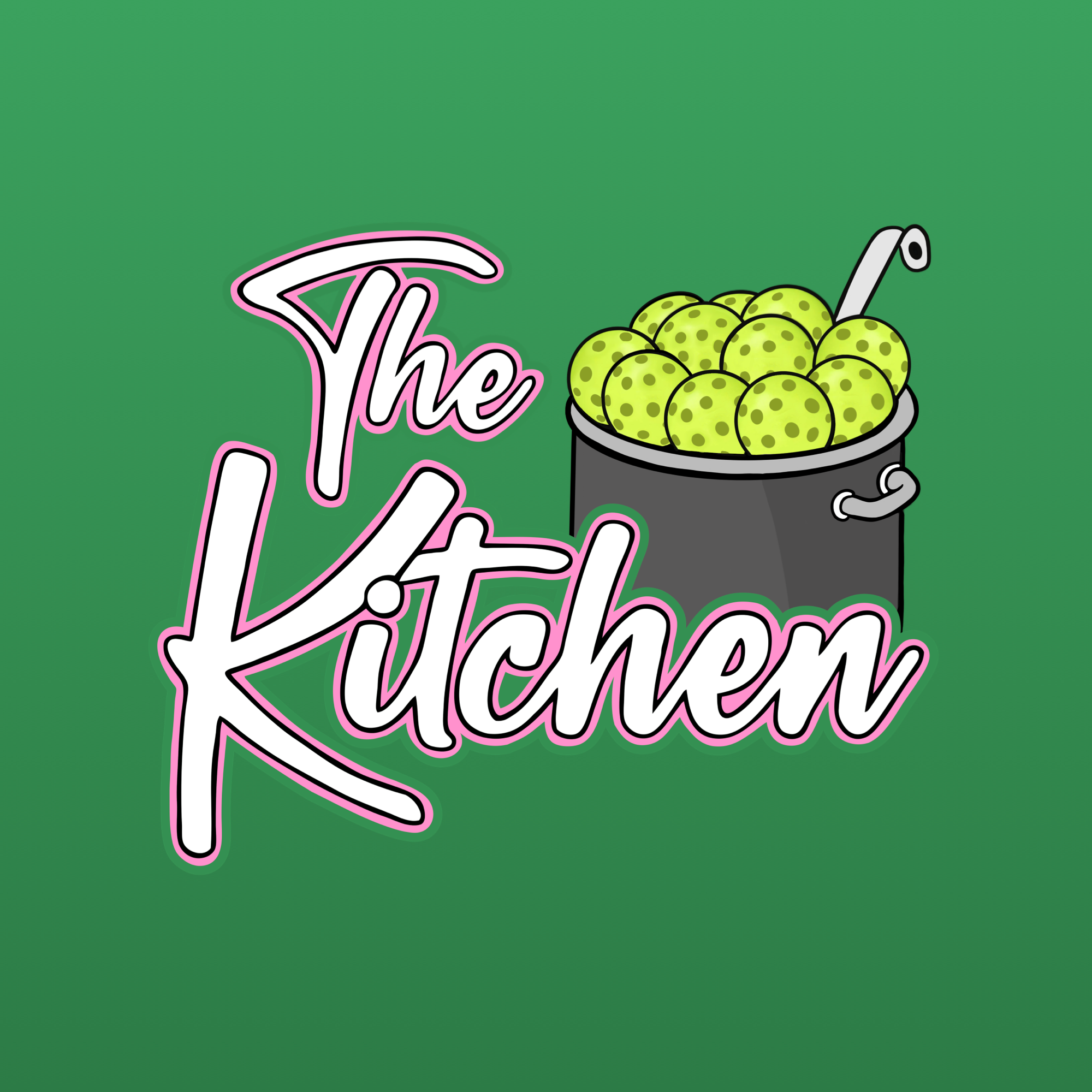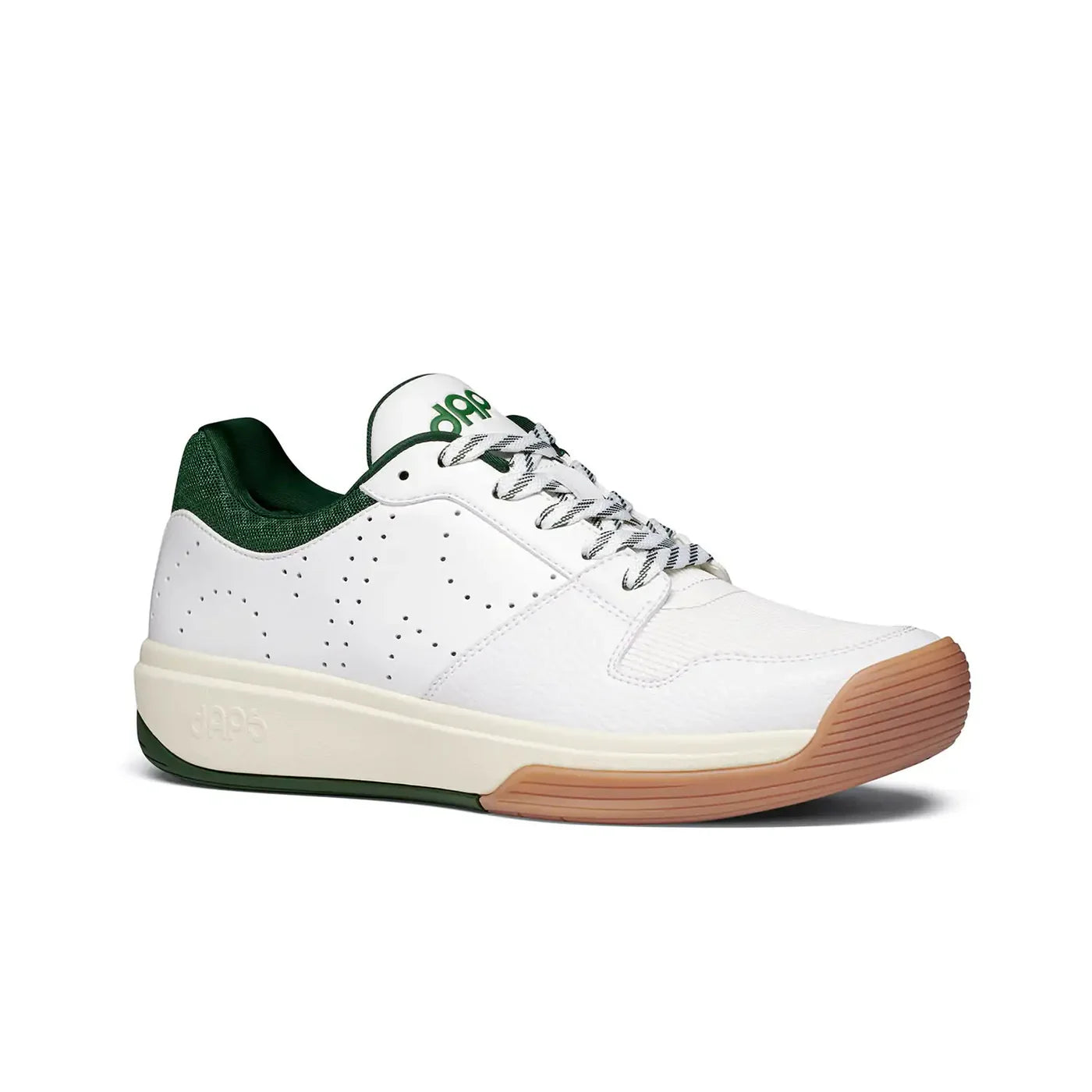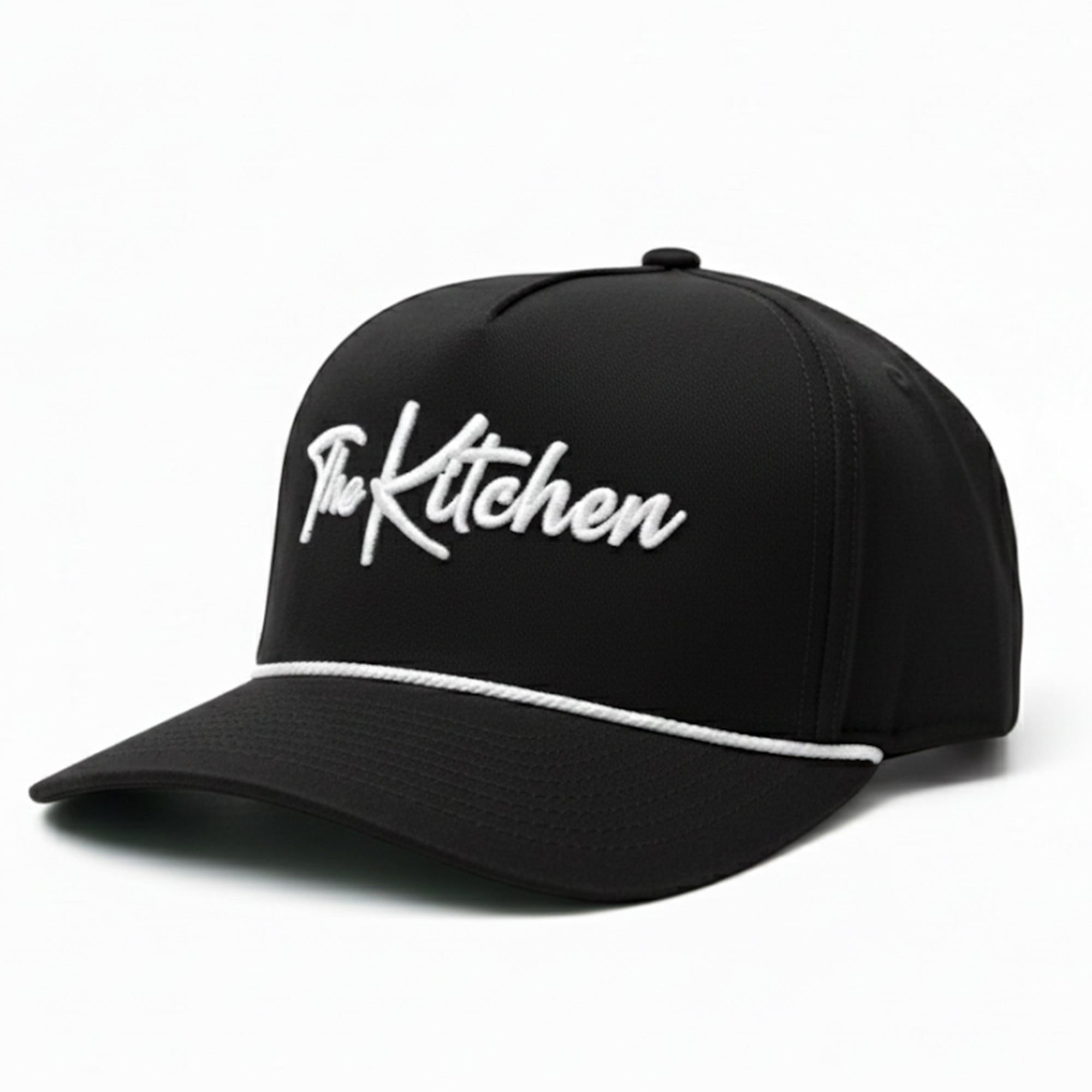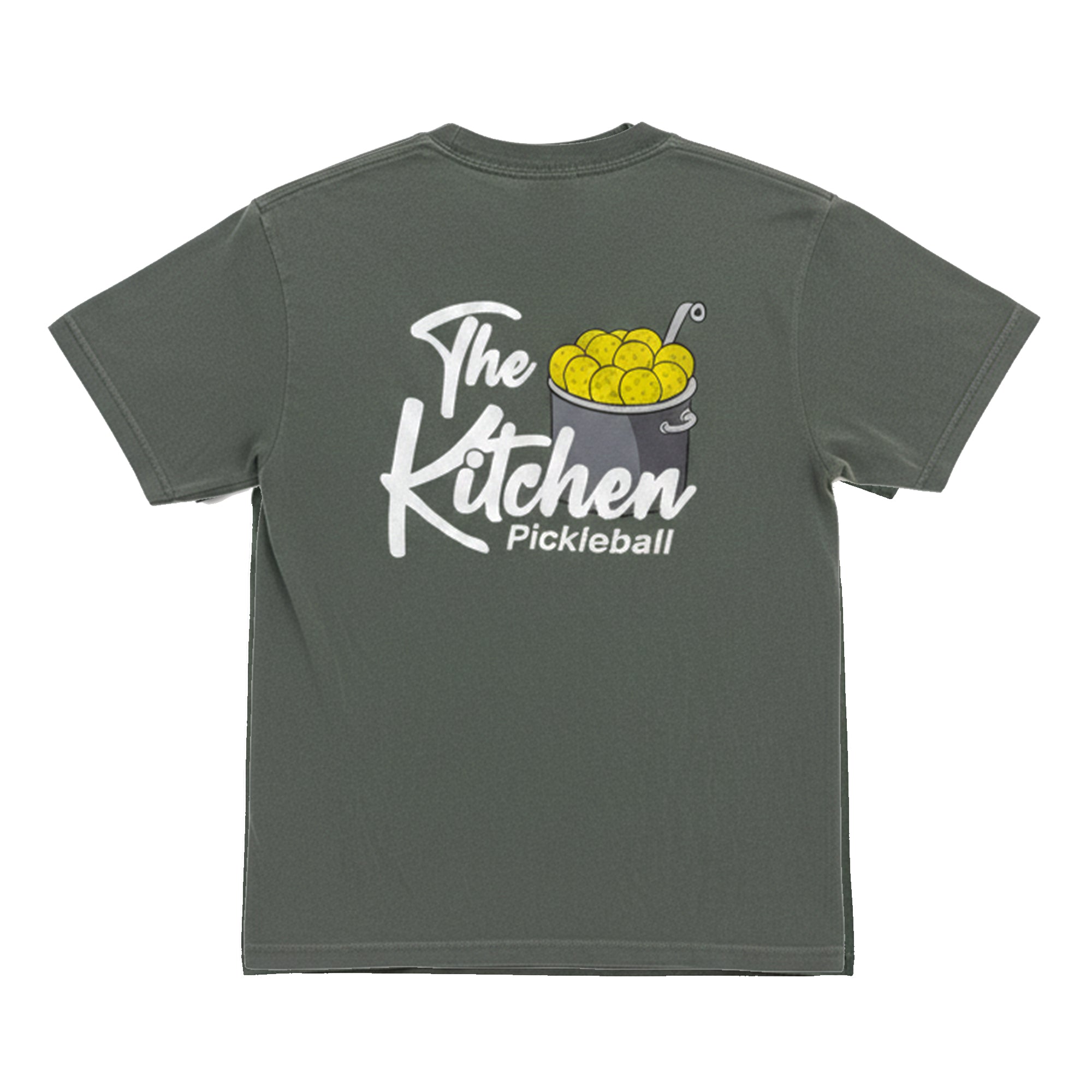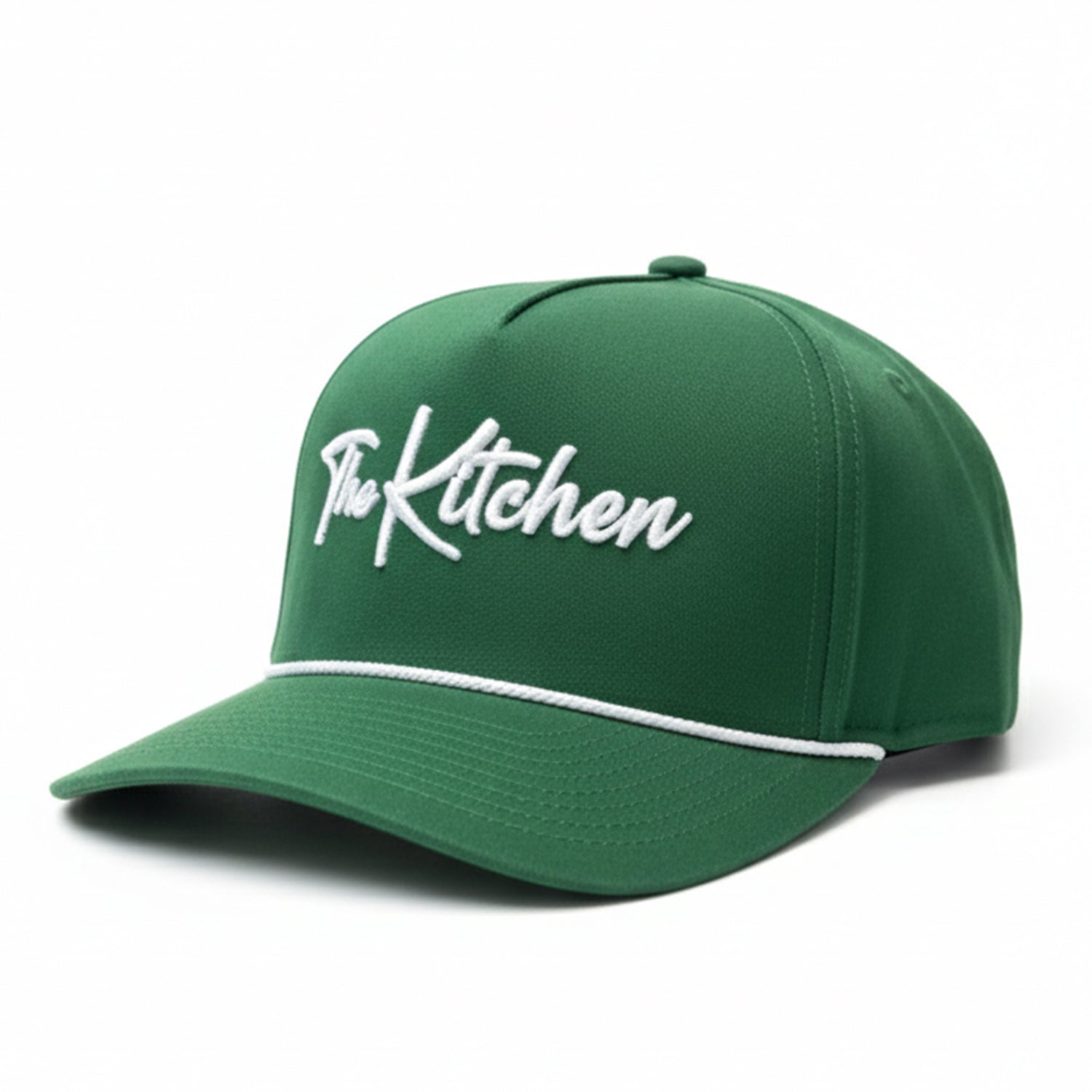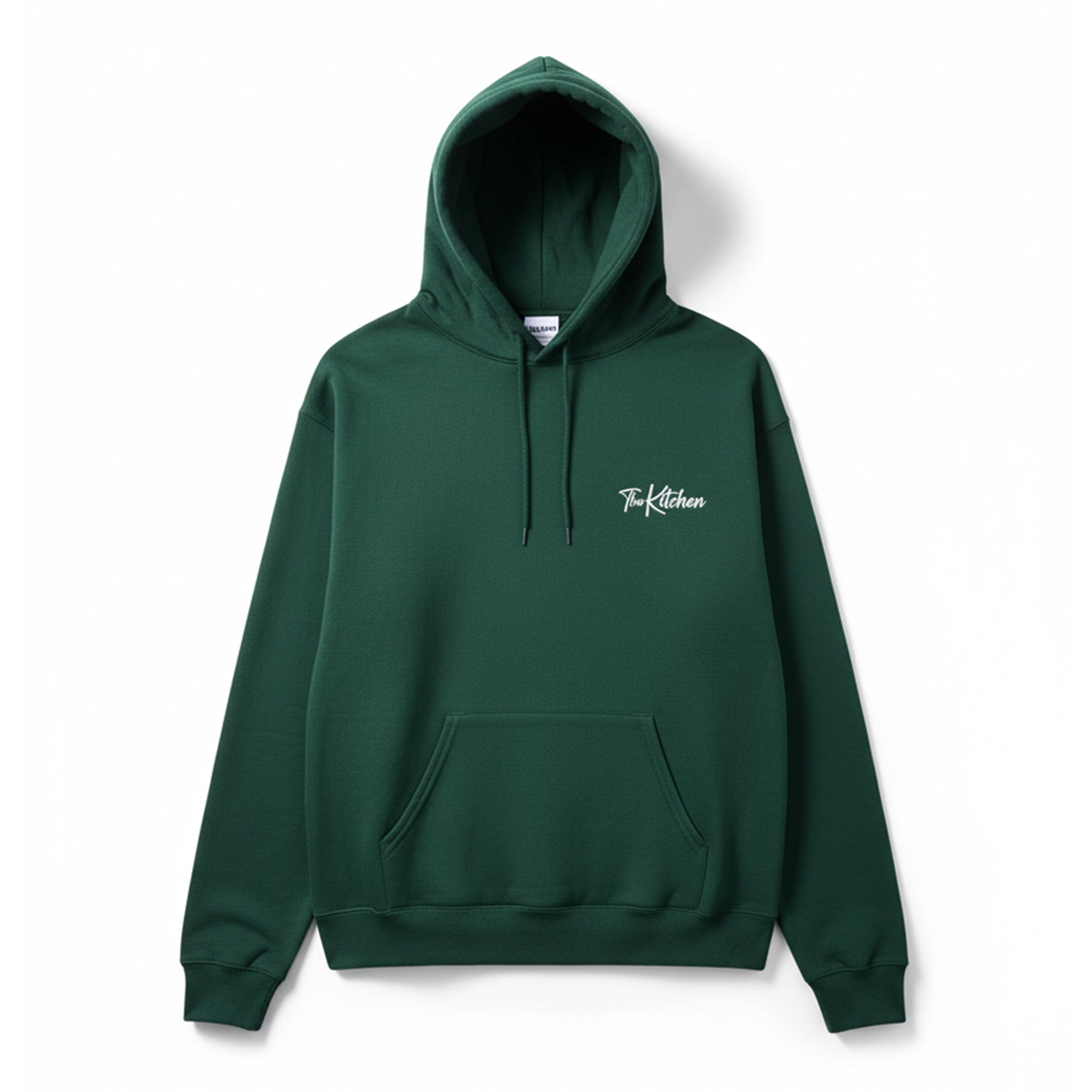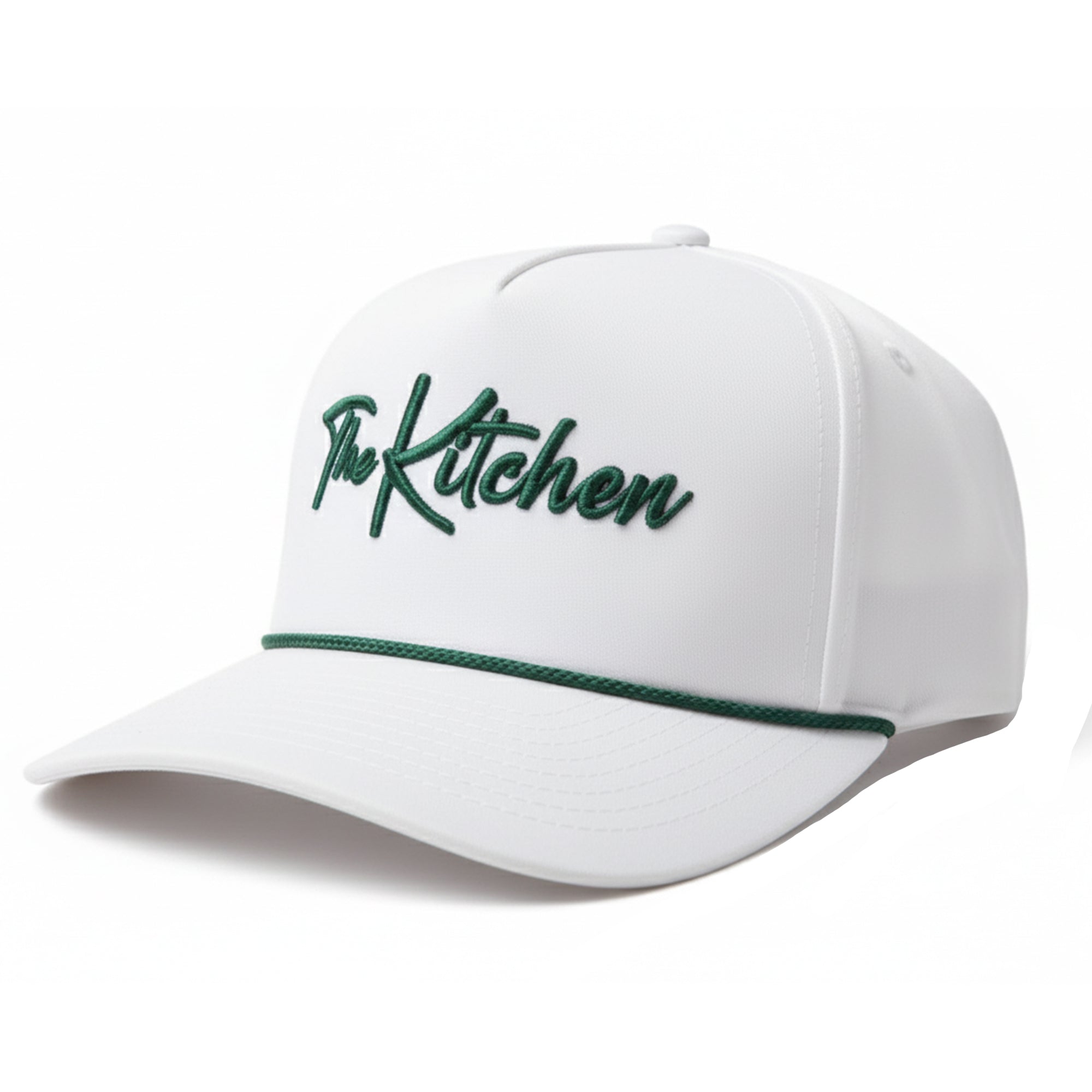Understanding singles pickleball strategy: 3 plays to memorize
Last Edited
Feb 07 2025
Category
Instruction
I'm not going to lie: when I first watched singles pickleball, I felt a bit bored. The points end so quickly, even at a high level, it just felt like a less dynamic version of the sport.
But while it's true that singles pickleball is a whole different beast compared to doubles, I was wrong to call it less dynamic. It’s faster, more physically demanding, and often more strategic, despite having fewer players on the court.
Without a partner to rely on, every shot, step and decision falls on you. But that’s the beauty of it — it sharpens your game and exposes your strengths and weaknesses like nothing else.
Whether you’re a beginner stepping onto the court solo for the first time or an intermediate player looking to dominate, understanding key singles pickleball strategies can make all the difference.
Here are three plays to memorize that will elevate your singles game and keep your opponents guessing.
1. The deep serve & shadow strategy
In singles, the serve isn’t just a formality to start the point — it’s an offensive weapon.
A deep, powerful serve forces your opponent to stay back at the baseline, making it harder for them to approach the kitchen quickly or control the point with precision.
How to execute:
- Serve from near the centerline: This minimizes the angles your opponent can exploit and positions you perfectly for their return.
- Prioritize depth over pace: If you can’t do both, depth is more important. A deep serve pushes your opponent back, buying you time to prepare for the next shot.
- Shadow your serve: After serving, follow the ball's direction as you move toward the center of the court. This puts you in a prime spot to cut off angles and respond to the return.
Vary the direction of your serves occasionally — down the line, to the body, or out wide. This unpredictability keeps your opponent from settling into a rhythm.
2. The forcing shot & net rush
The golden rule in singles pickleball: control the kitchen line. But rushing to the net without the right setup is a recipe for getting passed. This play helps you earn that critical position.
How to execute:
- Hit a deep forcing shot into the corners: Aim for your opponent’s backhand (most players are weaker there). A well-placed shot into the corner limits their time to react and often results in a weak return.
- Rush the net strategically: If your opponent is off-balance or stretching for the return, seize the opportunity to move up to the kitchen.
- Be ready for a passing shot: As you approach the net, face your opponent to stay balanced and ready to volley their attempt to pass you.
Avoid drop shots when your opponent is deep. It might seem like a clever tactic, but good players will reach it and punish you with a passing shot. Stick to deep drives unless they’re at the net.
3. The return & decision tree
Your return of serve is as crucial as your serve in singles. A weak return gives your opponent the upper hand, while a strong one sets you up to control the point.
But once the return is made, knowing what to do next is key.
How to execute:
- Return deep to the corners or middle: This keeps your opponent pinned at the baseline and limits their shot angles.
- Make a quick decision based on their position: If they’re still back: Approach the net, cutting off their angles.
- If they’ve moved up to the kitchen: Choose between a hard passing shot, a low drop at their feet, or a lob over their head (but only if you're confident in your lob accuracy).
When moving up to the net, follow the ball's path to cut off angles. For example, if you return cross-court, shift slightly toward that side as you approach the kitchen to close off the line.
Bonus tips to improve your singles game
Target the backhand: Most players struggle with their backhand under pressure. Make it your default target unless they prove otherwise.
Stay centered: After each shot, return to a position near the centerline. This helps you cover both sides of the court more effectively.
Keep your opponent guessing: Vary your shot types—mix in slices, topspin, and flat drives to disrupt their rhythm.
Don’t overuse the lob: In singles, lobs can be risky unless your opponent is hugging the kitchen line and you can execute it with precision.
Read next: How to practice hands battles like a pro
Singles pickleball is as much a mental game as it is physical. These strategies will give you a solid foundation to build your singles game.


